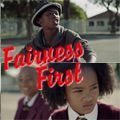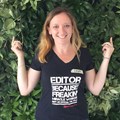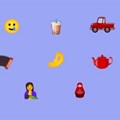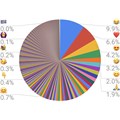#FairnessFirst: A picture's worth a thousand words - make sure yours speak of inclusivity
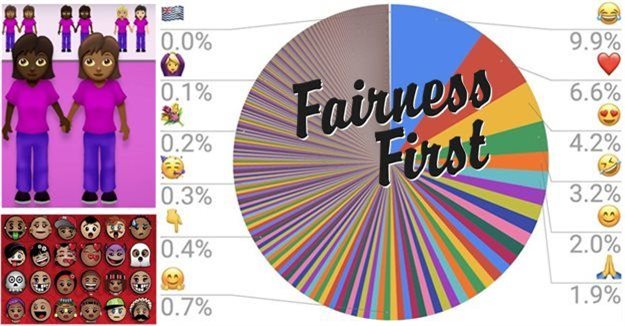
The call for inclusion grows stronger by the day and the adage that the pen is mightier than the sword still holds true.
In light of this, UN Women has published a social media post titled, ‘What you say matters’:
Actively aiming to use more inclusive language also means you’re aware of stereotypes that may worsen incidents of racism, xenophobia and GBV.
Speaking words of inclusion
We all need to be aware of the words we use and how they impact others around us.
Building on the theme of the power of words, we also need to think more creatively about the way we communicate, as ‘attention spam’ is a real thing.
Luckily, we can streamline our communications as there’s no denying that a single picture often does the job of a thousand words – a photo that captures the moment can do more than roughly two A4 pages of carefully-worded text.Sharing the emotion of emoji
Emojis even more so, as there’s no need to translate them into a specific language in order to convey emotion and even humanise an otherwise overly formal memo, when used sparingly.
Their very universality is the reason we always celebrate the latest release of emoticons from Unicode, as they’re used on most communication devices the world over, whether you’re a WhatsApp whizz or Facebook Messenger is your preferred chat platform.
In fact, a 2016 infographic by CMO revealed that 92% of the world’s online population already used emojis back then.
What to expect from the next emoji pack
So, as I wrote about last year’s Unicode update:In today’s time-starved world, why struggle to put something into words when a few well-placed emojis can do all the talking for you?
The 2020 update, AKA ‘Unicode 13.0’ and coming to your mobile device in September 2020, promises not only 55 skin tone and gender variants, but more focus on gender-inclusive emoji in the form of a man feeding a baby, a person in tuxedo, a ninja and even a non-gendered Santa Claus.
Interestingly, the Unicode Consortium has found that the least-used emoji after country flags are the ‘couple with children’ variants.
Unicode revealed this information to help people who submit new emoji for approval to better understand what users prefer.
So, while it’s a positive step forward in that there are more inclusive options than ever before, that doesn’t mean you’ll see them popping up in all your chats going forward.
The most-used emoji remain the non-gendered and culturally-neutral favourites of the ‘laughing-cry’ face, the red heart, heart eyes, prayer hands, crying face and flame.
It seems a picture truly does tell a thousand words…






